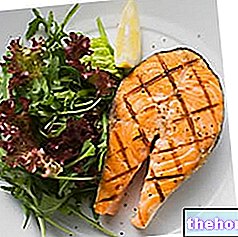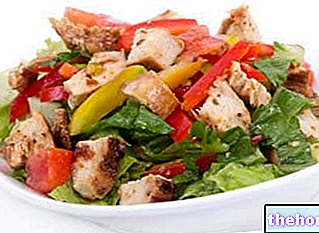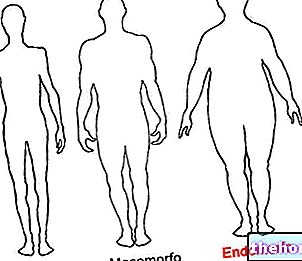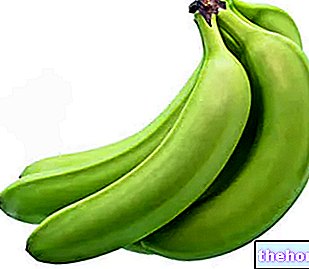The diet for the mass is normocaloric or hypercaloric (max + 10%) and follows a different nutritional distribution according to the method to be used; also the subdivision of calories in the various meals is a characteristic aspect of this kind of diet and is generally more divided than the classic normocaloric diet.
The diet for the mass must have some essential requirements that I will report below.
- Healthiness and nutritional balance
- Energy and nutritional norm-calorie or high-calorie intake
- Energy breakdown divided into at least 6 meals
More specifically, the bulking diet must provide:
- ALL essential molecules (amino acids, fatty acids, vitamins and minerals) in sufficient quantities
- More proteins (based on subjectivity and body composition) compared to a traditional normocaloric diet, evenly distributed throughout the day; I personally use a coefficient of 1.5-2.5 g / kg for subjects with a fat mass (BF) lower than 10%, and a coefficient of 1.5g / kg for subjects with BF higher than 15%
- About 25-30% of fats calculated on the need for normocaloric, even if applied in high-calorie regimes
- Carbohydrates in sufficient quantities for overall energy support and distributed in such a way as to exploit the anabolic power of insulin (stimulated by them) but without exceeding the adipose deposit.
From a practical and application point of view, food choices are the same as for a good and healthy diet.
The diet for the mass is a diet that must be kept under constant control (body composition analysis) as a "possible energy overestimation can easily lead to" excessive accumulation of fat; be clear, it is normal that by favoring all anabolic processes (especially by means of a "high calorie") a part of the mass acquired is of adipose nature (FM), but this increase must be proportionally lower than the gain in muscle mass.
NB. The choice of a high-calorie diet includes a time limit beyond which it would be advisable not to continue; it mainly depends on the body's response to the diet in question and on the level of adipose accumulation reached (which should never be> 15%).
from 90 ".NB: Some weights can be evaluated without the aid of a scale, for example:
- Liquid 250-300ml / g = 1 cup
- Liquid 20g = 2 tbsp
- Grana 10g = 1 tbsp
- Fruit or vegetable 200g = medium size
- Fruit or vegetable 300g = large size
- Walnut kernel, almond, pecan nut, hazelnut = 3g
- Bread 30-35g = large slice
Example diet to gain muscle mass - DAY 1
Example diet to gain muscle mass - DAY 2
Example diet to gain muscle mass - DAY 3
Example diet to gain muscle mass - DAY 4
Example diet to gain muscle mass - DAY 5
Example diet to gain muscle mass - DAY 6
Example diet to gain muscle mass - DAY 7
In any case, among the most popular products we find:
- Protein powder, which completes the protein intake if insufficient in the diet
- Protein bars, which unlike the previous supplement also contain sugars and fats
- Dextrose or glucose in poor, useful for promoting a good insulin response
- Creatine in powder, which facilitates the recovery and increase of muscle reserves in predisposed subjects.




























